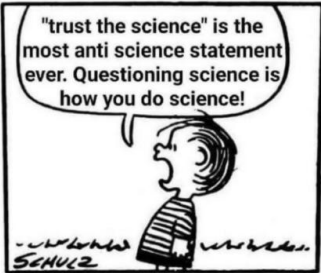I was thinking about ways to visualize just how insanely much money a billionaire owns. What I came up with now is using length: let's say 1,000€ is 1 millimeter. Each millimeter counts.
So most people go through their daily lives with a finger's width or less (1 centimeter is 10,000€). Even people you might consider very well off might "just" have a hand's width available (10 centimeters is 100,000€). Now, some people are called millionaires and they have more than a whole freaking meter! Visualize this and compare with the hand's width and finger's width. Okay...I guess?
But then there's billionaires. I find it disgusting to think about how excessively much money for a single person this is. They have more than a kilometer!! Visualize and let it sink in. Look out the window and think about how long a kilometer is. Compare to a hand's width, the very well off people! Compare to the finger's width. It should be obvious how this is deeply unjust and undemocratic. Again, it's a single person each time and each is supposed to have the same rights and obligations in our society.
I hope it's clear how going from 1,000€ to 1,000,000€ and going from 1,000,000€ to 1,000,000,000€ is not just adding the same three zeroes. Our numerical system is lying to us visually! The latter three zeroes are of completely and utterly different magnitude.
At first, I tried to draw something on a piece of paper using area, but it's just hopeless. There's no chance whatsoever to fit 1 billion, even if you draw 1,000€ as a 1mm*1mm dot. And even if it worked, using area would also be a bit dishonest, because money has a unit of dimension one.
#democracy #math #popsci #scicomm #finance #taxtherich












